Compression Molding Serivce
- Rapid Prototype and On-demand Manufacturing
- Forming Large Size Parts
- Upload Your Design to Get an Online Quote.
- All uploads are secure and confidential!
Get a Quote
DFM
Tool Making
Sample Test
Production & QC
Delivery
Zhongde Compression Molding Service
Zhongde utilizes semi-automatic and fully automatic flat vulcanization machines, producing parts ranging from a small 10mm x 10mm to a substantial 3000mm x 2500mm. As a leading compression molding service company, our experts conduct a comprehensive review of your design, determining its suitability for rubber compression molding. Partner with us for efficient and reliable compression molding solutions.

Compression Molding from Prototyping to Production
Rapid Prototype
On-demand Manufacturing
Compression Molding Service Size Chart
| Description | Metric | Inch |
|---|---|---|
| Length | 3000 | 118 |
| Width | 2500 | 98.4 |
| Height | 2000 | 78.7 |
Compression Molding Service Materials
Elastomers and rubber are common materials for the compression molding process. Here are Zhongde’s compression molding materials.
- NR
- SBR
- CR
- VMQ
- FFKM
- NBR
- IR
- FKM
- EPDM
Thermosetting plastic materials can be used for the compression molding process because of their excellent heat resistance and dimensional stability. Check Zhongde’s available thermosetting plastic.
- UHMWPE
- PTFE
Thermoplastic elastomers(TPEs) with excellent elasticity, flexibility, and resilience. Please check Zhongde’s thermoplastic-elastomers (TPEs) materials.
- TPE
- TPV
- TPU
- TPR
Compression Molding Service Surface Finishing

Glossy

Semi-glossy

Matte

Textured

Our Quality Promise
Zhongde is committed to providing quality products that meet or exceed the needs of our customers through continuous improvement.
Strictly follow the confirmed drawings or samples to produce. If there is any deviation, our company will replenish to our customers to make up for the loss.
Compression Moulding Fundamentals
What are the custom compression molding process?
- The material is placed into the mold.
- The product is heated until somewhat soft and pliable.
- A hydraulic tool presses and closes the molds together.
- Once the material is hardened, open the mold and the ejected pin will eject the custom parts out.
Click here to learn common problems and solutions of compression molding.
What are the common application of compression molding?
What are advantages of compression molding services?
There are five advantages of compression molding services.
- Less mold structure with competitive tooling price.
- Evenly heated mold cavity with good dimensional stability.
- Little material waste suitable to work with expensive material.
- Available for forming large flat products.
- More than hundreds of colors to choose from.
Click here to learn advantages and disadvantadges of compression molding process.
When do you choose compression molding over injection molding?
- Low Initial Cost: Compression molding often has a lower initial cost, making it more cost-effective for smaller production runs. Injection molding can be cost-effective for large-scale production due to its high-speed, high-volume capabilities.
- Suitability for Large Parts: Both methods can handle large parts, but compression molding may have an edge in certain cases, especially for large, complex shapes.
- Enhanced Strength: Compression molding can produce parts with enhanced strength, particularly when dealing with composite materials. Injection molding provides high precision and can achieve good structural integrity.
What is the typical cycle time for compression molding?
Why Choose Zhongde for Compression Molding

Cost Effective

Consistency and High Quality

Proven Success
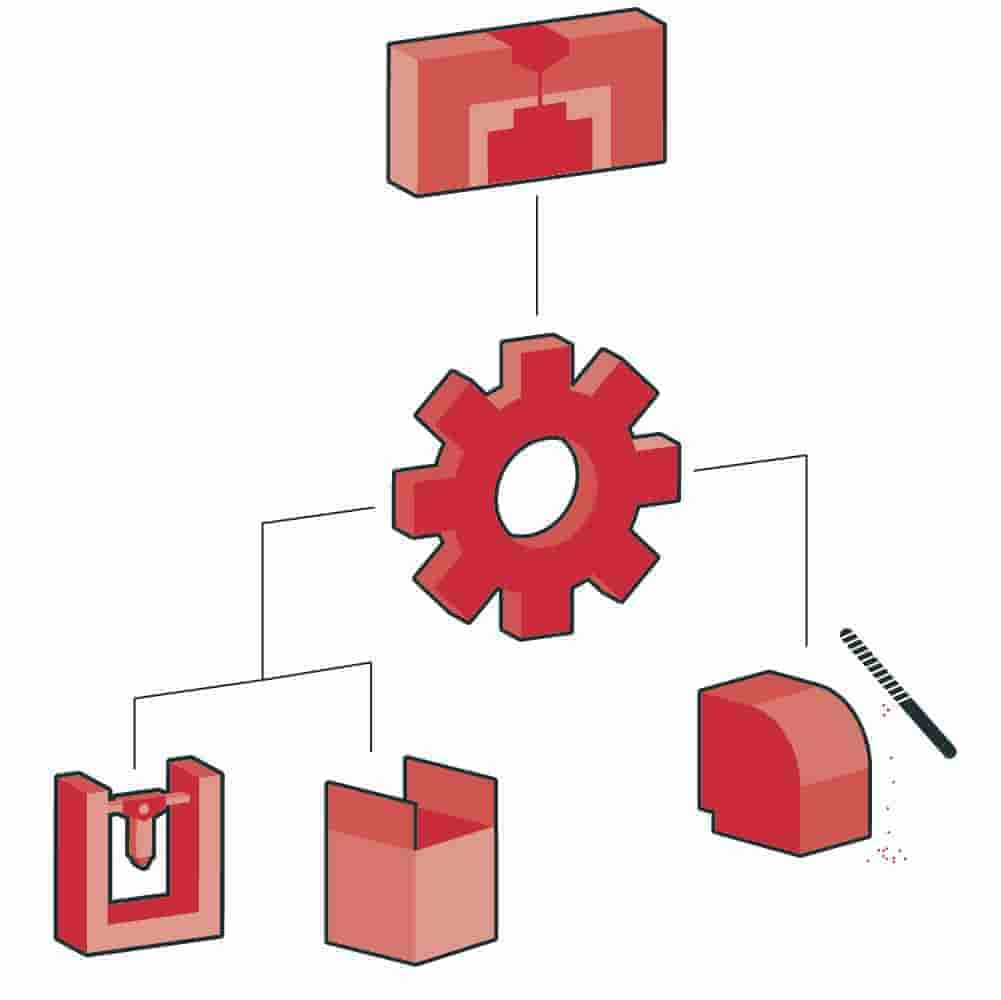
Complete Range of Service
Start A New Project Right Now!
Products Made by Compression Moulding
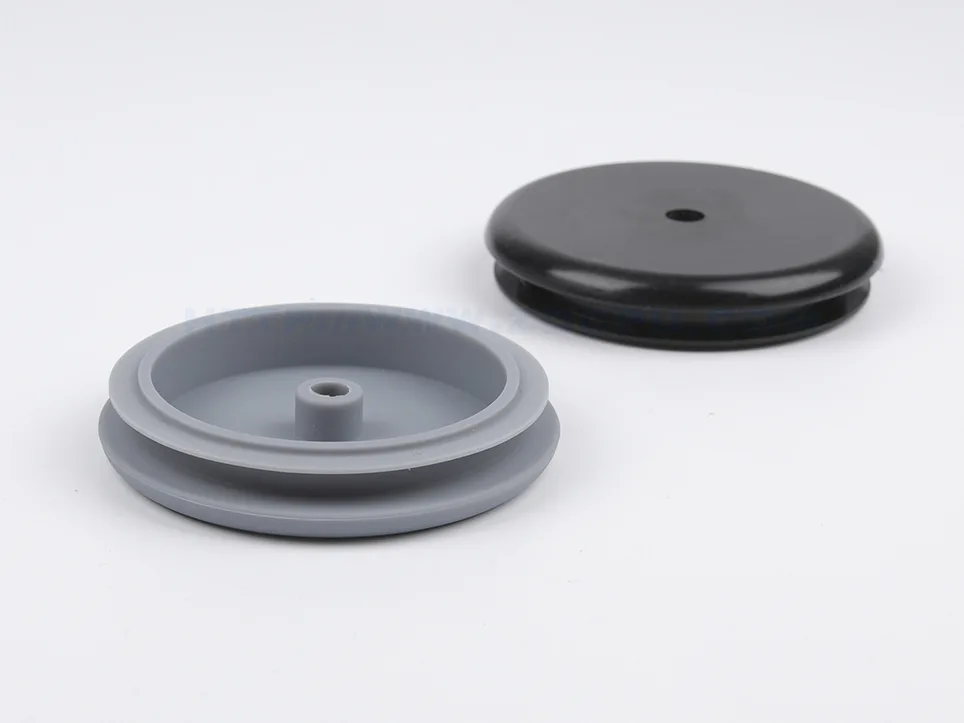
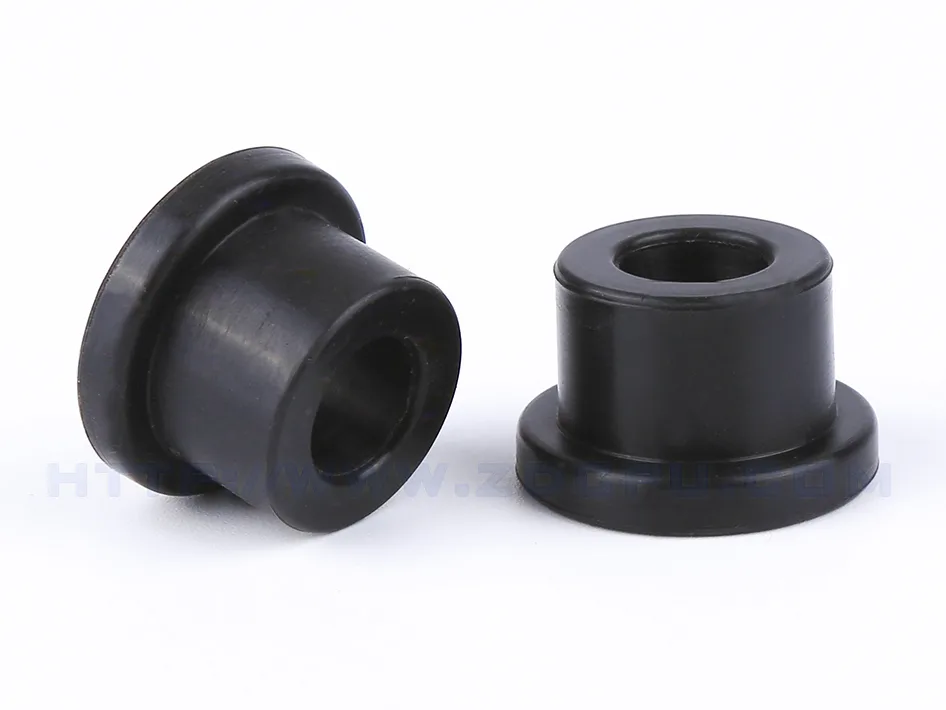

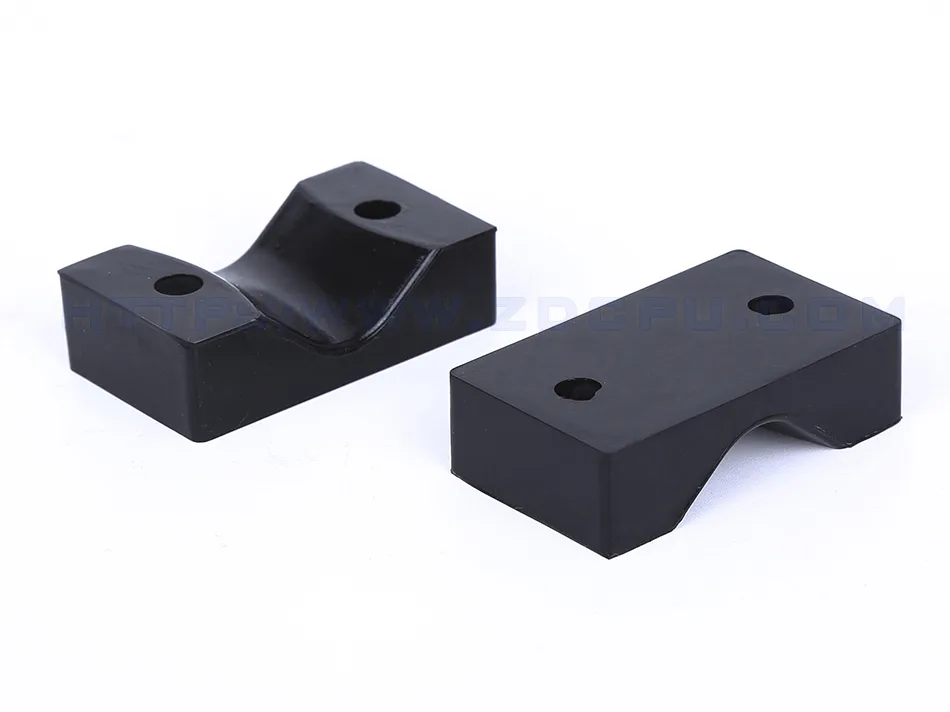
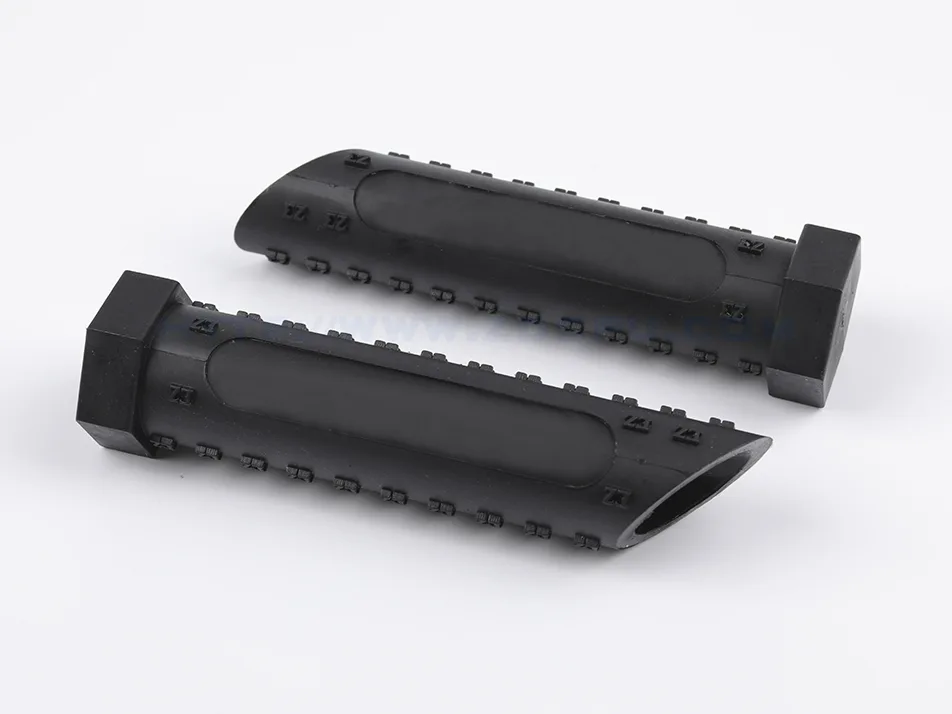
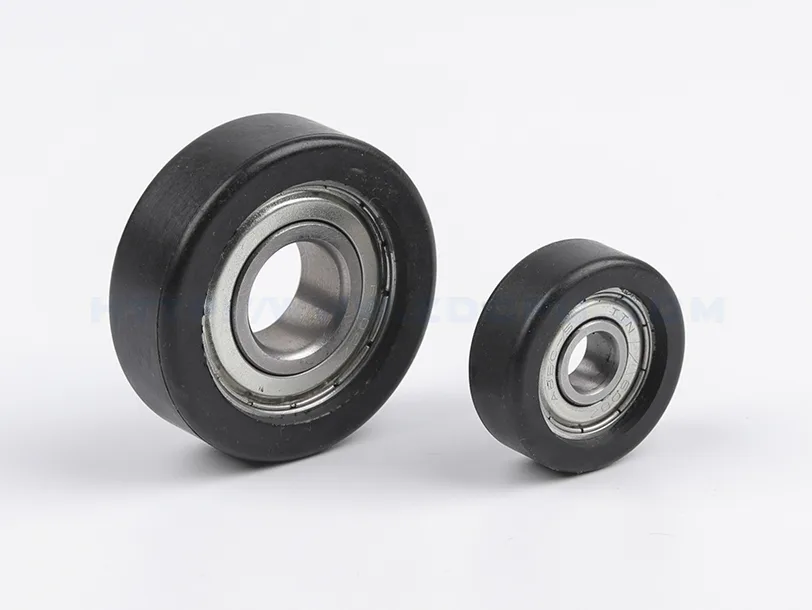
FAQs of Compression Molding Manufacturing Services
What materials can be compression moulded?
Does Zhongde accept small production runs for compression molding?
How long does it take to receive a quote for compression molding service?
Can I get custom colors and finsihes with compression molding?
Yes, customization options, including various colors and finishes, are available in compression molding. Discuss your specific requirements with our team for personalized solutions.
Knowledge Hubs
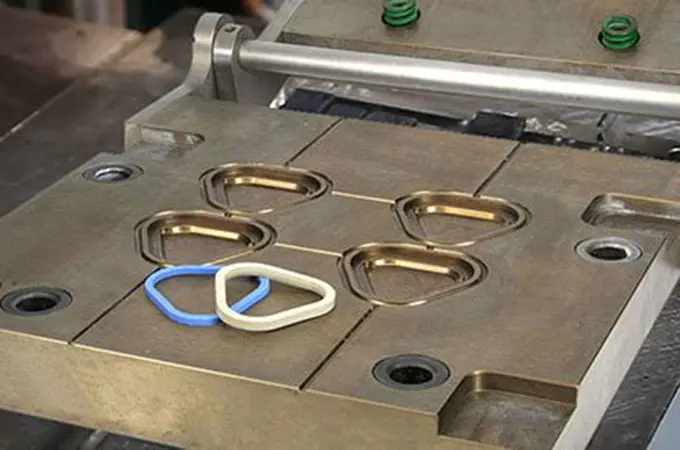
Common Problems and Solutions of Compression Molding Process
The rubber compression molding process begin with filling the rubber compound into the cavity of a metal mold and vulcanizing
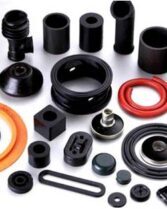
From Natural to Synthetic: Exploring Different Types of Rubber and Their Properties
Have you ever wondered about the different types of rubber available on the market and how these might be a

What is Rapid Tooling? Everything You Need to Know
In today’s fast-paced manufacturing landscape, rapid tooling has emerged as a game-changer. This post explores the world of rapid tooling,